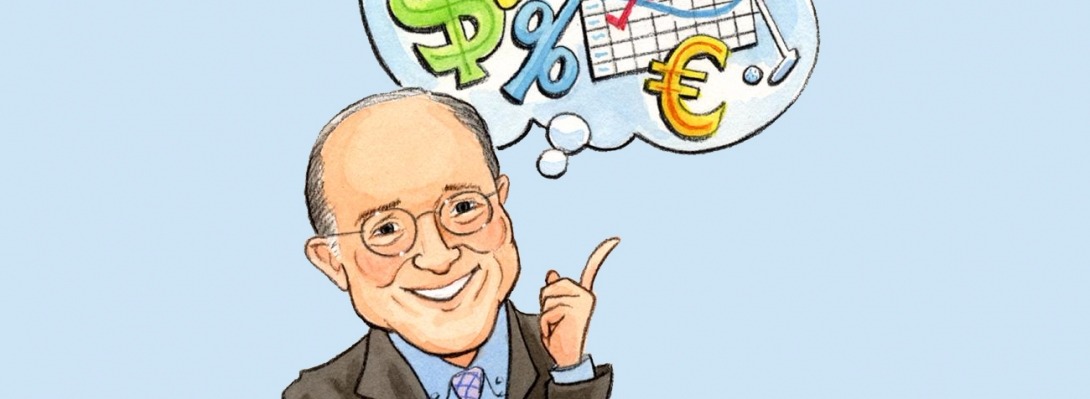August 12, 2020
People are receiving money from all sorts of sources these days: unemployment compensation because they’re out of work, government stimulus checks, bartered services with other service providers—and how do you know what is taxable, and what is not? A recent article outlines different types of compensation and whether you should include them on your tax return.
The first: unemployment compensation. You may be surprised to learn that unemployment insurance payments, even if they stem from the pandemic fund, have to be reported as taxable income. Future legislation may change that, but for now: taxable.
The value of free services you received, even if you bartered for them, is also taxable. So is jury duty pay: taxable as ordinary income. Prizes received must be reported as ordinary income using the fair market value of the item received—a surprise to contestants on game shows. Alimony is a mixed bag. For divorce decrees prior to 2019, the money is taxable to the person who receives it, and deductible to the person who pays it. For divorces taking place after January 2019, alimony is neither deductible by the person who paid it nor deemed additional income by the person receiving it.
Not taxable: the stimulus checks themselves, child support payments, and life insurance proceeds. The article also notes that any income you might have received from illegal activities—including the fair market value of anything you stole on the date you stole it, should also be included on your tax form. We’re going to go out on a limb and assume that provision doesn’t apply to you.
As always, it’s best to consult with your CPA about any tax advice or specific questions you have about your personal tax situation.
We wish you all continued health and safety as we continue to navigate this pandemic. Please note that our firm will continue to hold virtual client meetings only in order to prioritize and protect the health of our clients.
Sincerely,
Edward J. Kohlhepp, Jr., CFP®, MBA
President
Edward J. Kohlhepp, CFP®, ChFC, CLU, CPC, MSPA
Founder & CEO
Source:
https://tips.resourcesforclients.com/T74ctGwcsp3d/5467
This material was prepared by BobVeres.com., and does not necessarily represent the views of the presenting party, nor their affiliates. This information has been derived from sources believed to be accurate. Please note - investing involves risk, and past performance is no guarantee of future results. The publisher is not engaged in rendering legal, accounting or other professional services. If assistance is needed, the reader is advised to engage the services of a competent professional. This information should not be construed as investment, tax or legal advice and may not be relied on for the purpose of avoiding any Federal tax penalty. This is neither a solicitation nor recommendation to purchase or sell any investment or insurance product or service, and should not be relied upon as such. All indices are unmanaged and are not illustrative of any particular investment.






